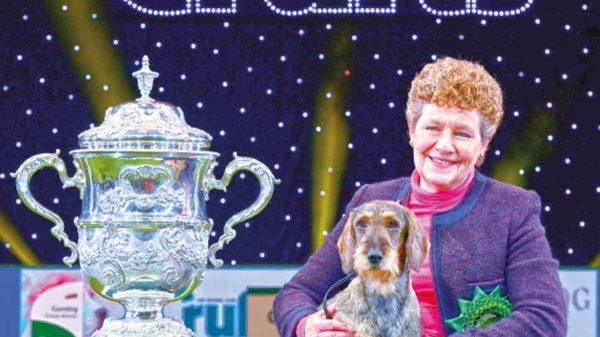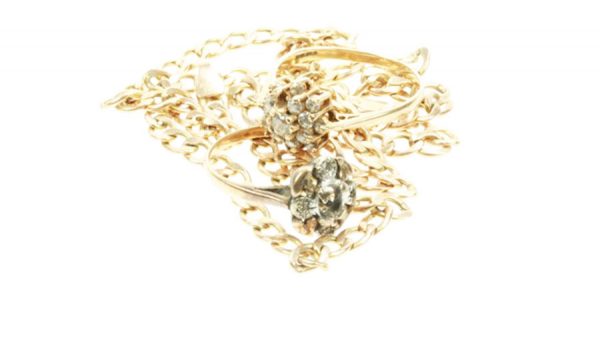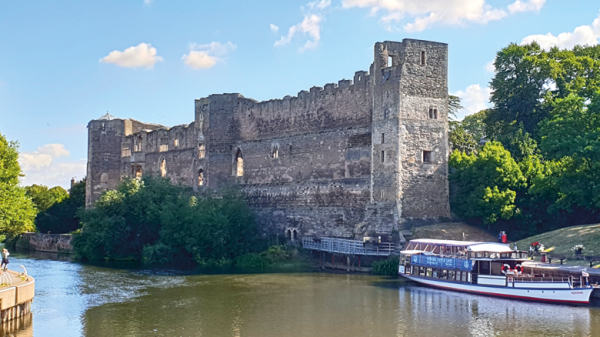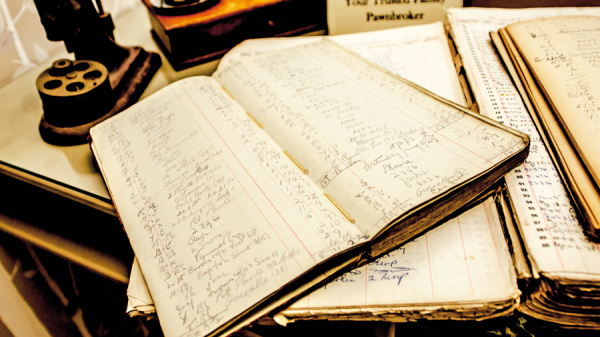Here we are in the last month of 2019, with memories of changeable seasons and hopefully of our gardens providing yet another year of tasty treats and satisfying displays. Plants and crops may not have performed as expected but our experience and knowledge will have expanded, hopefully in a positive way. Over the coming weeks as our attention is diverted maybe towards more festive activities, it is important that we set a little time aside to plan our gardening activities for the next year.
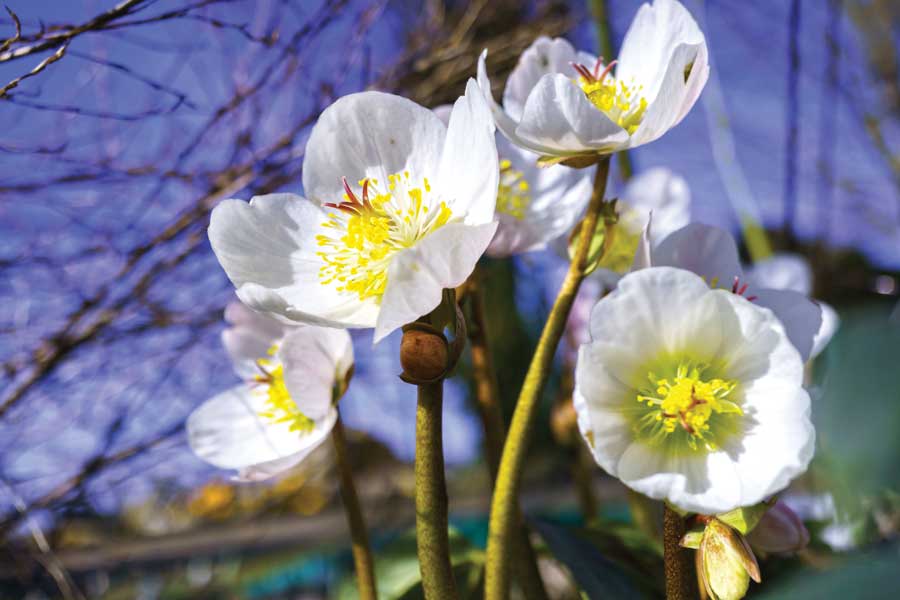
Gardens have their part to play in our seasonal activities, but more importantly in supporting local wildlife and whilst we should definitely bring the garden indoors with sprigs and branches of berried and evergreen shrubs, make sure you leave a few to help birds and small mammals survive the impending winter chills. There are also flowering shrubs braving the cooler weather to provide displays of flower and fruit, often overlooked through spring and summer this time of year is when they really come into their own. You are missing a trick if you don’t plant a few late season flowerers to help cheer up the sometimes dull and dreary days. Flowering shrubs like Viburnum bodnantense, Sarcococca (Sweet/Christmas Box), Jasminum nudifolium (Winter Jasmine), provide colour and interest with the added bonus of a sweet scent that drifts lightly through the winter air. Helleborus ( Christmas Rose) burst into flower, providing stunning displays of large cup shaped flowers from the purest white through green, pink, deep violet and almost black, some with spotted markings and double flowers they will last for weeks and often well into spring. If you grow Christmas roses try picking a few flowers, you only need the flower head and a 2.5cm (1 inch) stalk, then fill a small glass bowl with water and float the flowers on the surface, they will last for a few weeks, add a floating tea light and you have a striking festive decoration.
Decorating our homes and gardens has been a tradition in the UK since the mid 1800’s, Christmas trees would have been decorated with candles to remind children of the significance of stars and the birth of Jesus at this time of year. Apparently in the 1200’s in Europe Christmas trees were hung upside down and hung from chains rather like a chandelier. Understandably the use of candles near Christmas trees is discouraged today, as the dry needles and resin rich wood could easily catch fire.
Stories have developed around how certain decorations became associated with Christmas and one that related to the origins of the tinsel we use today tells of a family who couldn’t afford to decorate their tree. When the children went to sleep on Christmas Eve, a spider covered the tree in cobwebs, as the sun rose in the morning the cobweb had turned into strands of gold and silver to decorate the tree, it is rumoured that it was Santa Claus who turned it into silver and gold.
Branches of trees such as winter flowering Cherry, Hawthorne and evergreen shrubs including Holly, Ivy and Christmas Box, are often used to provide structure and a framework on which other decorations can be hung. We usually include colourful leaves, collected in autumn to add colour and texture to festive arrangements. Most gardens contain some evergreen shrubs such as Viburnum, Mahonia, Lavender, and even Ligustrum (Privet), all of which can be used to enhance door wreaths and table decorations. If you are lucky enough to have a crab apple in your garden, small bunches of fruit can be incorporated into your wreaths too.
One of the most popular flowering bulbs grown specifically for Christmas display is the Hyacinth. Specially prepared bulbs are purchased in September and planted individually in a 7.5cm (3 inch) pot using a compost suitable for bulbs (available from most nurseries and garden centres), They should be kept in a cool dark place and will develop slowly through the coming weeks. In late November check on the bulbs and if they are showing a short green stem with a flower cluster they should be brought into a cool room with plenty of light, but not too warm. When you bring them indoors they can be plunged into a bowl or taken out of the pot and planted in the bowl using bulb compost but make sure you keep them cool and in plenty of light. (You can buy Hyacinths from garden centres and nurseries ready for potting up into a bowl, late November).
Different colours of Hyacinth can flower at different times so if you have grown them in compost you can select those that are at the same stage and will flower together. Although Hyacinths are a perennial bulb, those grown for forcing never really recover or grow well in the garden and although it may seem a waste the best thing is to assign them to the compost heap, they will then at leas provide some goodness for the garden.
Happy Christmas Gardening,
Martin
Next Month, (tidy christmas roses, lift and divide perennials, plant a tree, moving shrubs).

